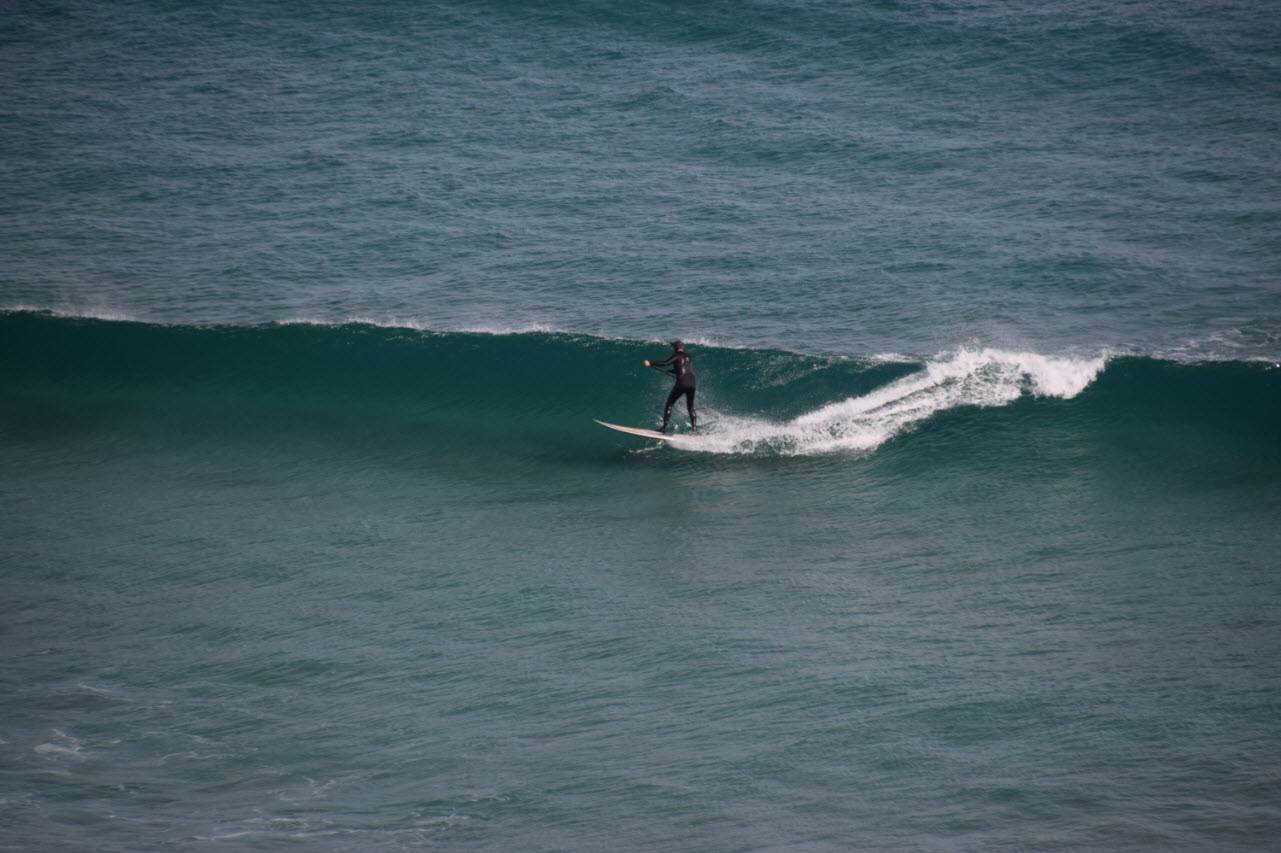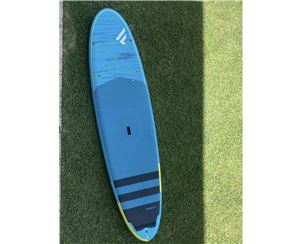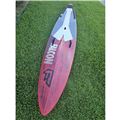Best Stand Up Paddle Board for Surfing

In general, there are two kinds of stand up paddle surfing: performance surfing, and longboard style surfing; which (not surprisingly) require different types of boards! Depending on what kind of surfing appeals to you, and they waves on offer at your local spots - these two things will dictate what kind of board to look for.
Stand Up Paddleboards are designed with five major elements, that make them more or less suitable for surfing. These are: Length, Width, Volume, Rocker and the type of fins used.
Length For performance surfing, shorter SUP boards are usually better. The shorter they are, the less weight they will have and the quicker they will manoeuvre. For longboard surfing, you need a 'longboard' of course! 'Long' for a SUP board is around the 10-12ft mark, which offers a lot of variety. You can even use a lot of flat water cruising boards as longboard style surfboards.
Width The width of a stand up paddle board mostly relates to how stable they are in the water. Wider equals more stability, and anything less than 29 inches wide is better for intermediate riders and above. Sometimes though, going wider might mean MORE manoeuvrability, depending on the outline of a board.
Ask your local shop expert about each particular boards width and how it will relate to your surfing style. At the upper end, 36 inches wide is about as big as they come. These paddle boards are suited for heavy riders in small waves only.
Volume You can't stand up and paddle on a board that doesn't float, so volume is a great indicator of how easy it will be to stand on your board out the back (while you're not surfing). Volume of a board is defined in Litres, and directly refers to how much water is displaced by a SUP when it's submerged in a body of water.
Less volume, means less floatation and more manoeuvrability (usually). More volume makes a SUP paddleboard easier to balance on, but harder to turn when you're up and surfing. High performance boards are all below 100L of volume, longboards can be up to 140L!
Rocker A boards 'rocker', refers to how much it's bent from nose to tail. Like a banana. A really curvy banana would be said to have 'lots of rocker', and a flat banana might be referred to as having 'shallow rocker'. When it comes to surfing, more rocker, especially in the tail of a board helps it fit into steeper sections of the wave better, and to turn faster. The more rocker a board has however, the slower it will go. This isn't a problem on big waves, but for small waves or flat water paddling, you will need a board with a flatter rocker line.
Fins One Fin? Three fins? 5 Fins? There are so many options out there for fin placement, and then you have the fins themselves! For your first surfboard stick to the basics - longboard style SUP surfing will need one big fin, and maybe two smaller thruster fins. Performance surfing, your board will have 3, 4 or 5 fin boxes in the board. If you have 3, then you're surfing a thruster. The front two fins will be slightly bigger than the back one, and you'll enjoy snappy turns with a 'loose' feel. If you have 4, then you're surfing a quad - these boards are still snappy to turn, but because of the extra fin, feel more 'locked in'. 5 Fin boxes? Great! You get to choose either a quad, or thruster setup.
How to choose? Now you know what all these terms mean, head on down to the closes place with stand up boards for sale (or check out the massive range right here in the buy and sell). Have a chat with the shop staff, or check each board against the Length, Width, Volume, Rocker and fin setup above, and you'll be onto a great new stand up paddle board for surfing.

















